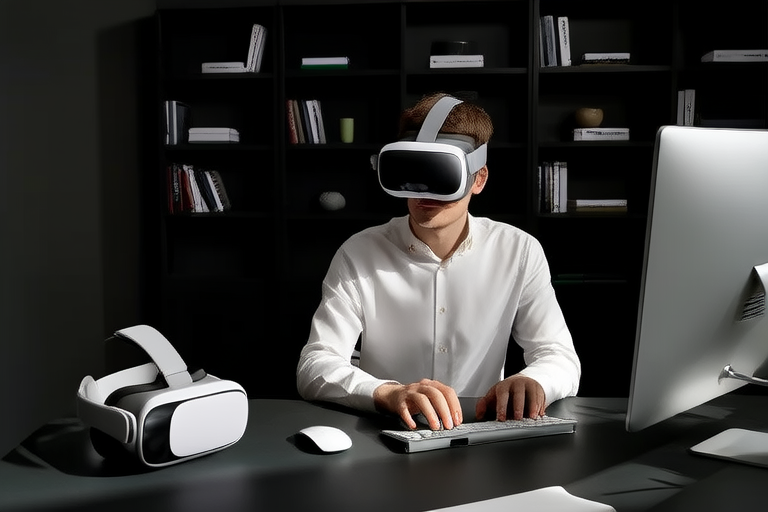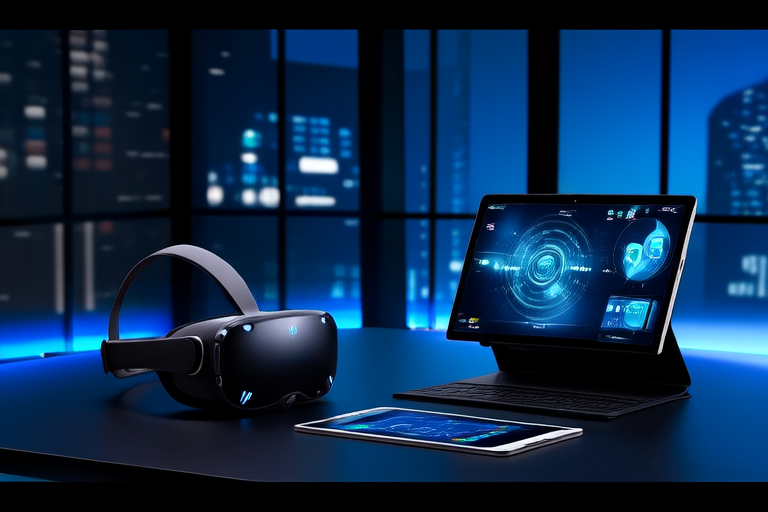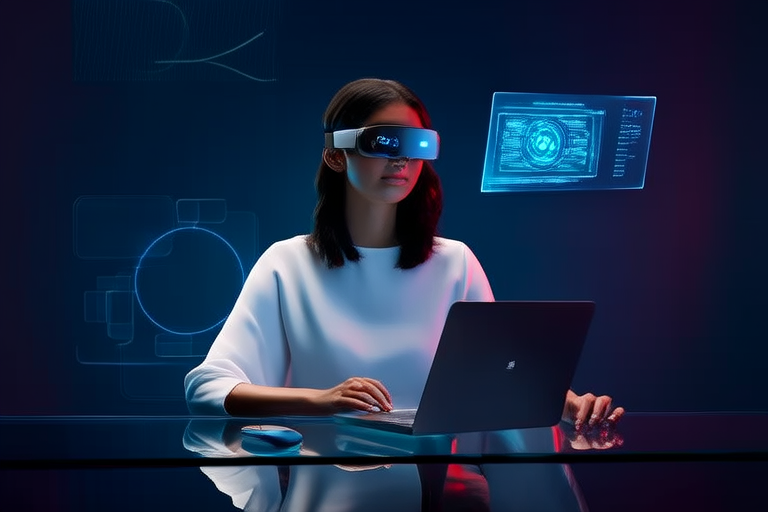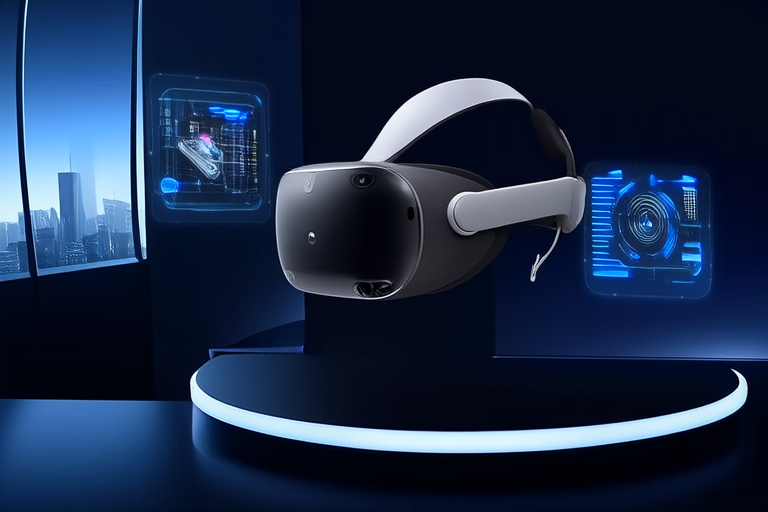The Future of Immersion: How VR and AR Are Transforming Entertainment
Introduction to VR and AR
Virtual Reality (VR) and Augmented Reality (AR) are two groundbreaking technologies that are redefining how humans interact with digital environments. VR immerses users in entirely virtual worlds, often through headsets that block out the physical world and replace it with computer-generated environments. This creates a sense of presence, making users feel as though they are physically present in the simulated space. On the other hand, AR overlays digital elements onto the real world, blending virtual objects with the user’s surroundings. Unlike VR, which isolates users from their environment, AR enhances reality by adding interactive and informative layers.
Both technologies rely on advanced hardware and software to function seamlessly. VR typically requires powerful computing systems and specialized headsets, while AR can be experienced through smartphones, tablets, or dedicated AR glasses. While VR has been primarily associated with gaming and simulations, AR has found applications in areas like navigation, retail, and education. Together, these technologies are setting the stage for a new era of immersive experiences that blur the line between the physical and digital realms.
Current Impact on Entertainment
The entertainment industry is undergoing a seismic shift thanks to VR and AR. These technologies are no longer confined to experimental projects; they are actively reshaping how content is created, consumed, and shared. In gaming, VR has introduced players to fully immersive worlds where they can physically interact with their surroundings. Titles like “Beat Saber” and “Half-Life: Alyx” have demonstrated the potential of VR to deliver unparalleled levels of engagement. Meanwhile, AR games like “Pokémon GO” have shown how digital content can be seamlessly integrated into the real world, encouraging exploration and social interaction.
Beyond gaming, VR and AR are transforming storytelling in film and television. Filmmakers are experimenting with 360-degree videos and interactive narratives that allow viewers to explore scenes from multiple perspectives. AR is also being used to enhance live performances and events, offering audiences additional layers of information or visual effects that complement the main act. These innovations are not just novelties but are becoming integral to the way entertainment is designed and experienced.
Key Industries Being Transformed
While gaming remains a dominant force in the adoption of VR and AR, several other industries are leveraging these technologies to revolutionize their offerings. In the realm of film and television, studios are exploring VR as a medium for immersive storytelling. Projects like “The Lion King: VR Experience” allow audiences to step into the world of their favorite movies, creating a deeper emotional connection with the characters and plot. Similarly, AR is being used to enhance traditional viewing experiences by overlaying contextual information or interactive elements during live broadcasts.
Live events, including concerts and sports, are also embracing immersive technologies. VR enables fans to attend events virtually, providing front-row seats from the comfort of their homes. AR, meanwhile, enhances in-person experiences by displaying real-time statistics, player profiles, or exclusive content on mobile devices. In education, VR and AR are proving invaluable tools for experiential learning. Students can take virtual field trips to historical sites or explore complex scientific concepts through interactive simulations, making learning more engaging and accessible.
Challenges Faced in Widespread Adoption
Despite their transformative potential, VR and AR face significant hurdles in achieving widespread adoption. One of the primary challenges is cost. High-quality VR headsets and AR glasses often come with hefty price tags, making them inaccessible to many consumers. Additionally, the hardware required to run these technologies—such as powerful computers or smartphones—can further increase the financial barrier.
Another obstacle is the issue of usability. Many VR systems require users to navigate complex setups, which can deter casual users. Motion sickness and discomfort are also common complaints among VR users, limiting the duration of immersive experiences. For AR, the challenge lies in creating seamless integration with the real world. Poorly designed AR applications can disrupt the user experience by failing to accurately align digital objects with physical spaces.
Content availability is another critical factor. While there is a growing library of VR and AR experiences, it still pales in comparison to traditional media. Developers need to invest heavily in creating high-quality, engaging content to attract and retain users. Finally, privacy and ethical concerns surrounding data collection and usage in AR applications must be addressed to build trust among consumers.
Predictions for the Future of Immersive Technologies
The future of VR and AR in entertainment is filled with exciting possibilities. As hardware becomes more affordable and user-friendly, these technologies are expected to reach a broader audience. Innovations in haptic feedback, eye-tracking, and spatial audio will further enhance the sense of immersion, making virtual experiences indistinguishable from reality. Wireless and standalone devices will eliminate the need for cumbersome wires, offering greater freedom of movement.
In the coming years, we can expect to see more collaborative and social VR and AR experiences. Virtual meeting spaces and multiplayer games will foster connections between users across the globe, transcending geographical boundaries. The rise of the metaverse—a collective virtual space where users can interact, work, and play—will likely become a dominant trend, integrating VR and AR into everyday life.
AI will play a crucial role in shaping the future of immersive technologies. Machine learning algorithms will enable more realistic and responsive virtual environments, while natural language processing will make interactions with digital avatars more intuitive. As these advancements unfold, VR and AR will not only transform entertainment but also redefine how we communicate, learn, and conduct business.
Conclusion
VR and AR are poised to revolutionize the entertainment industry and beyond, offering unprecedented levels of immersion and interactivity. From gaming and film to live events and education, these technologies are already leaving an indelible mark on how content is created and consumed. However, challenges such as cost, usability, and content availability must be addressed to ensure their widespread adoption.
Looking ahead, the continued evolution of VR and AR promises to unlock new dimensions of human experience. As these technologies become more integrated into our daily lives, they will not only reshape entertainment but also influence how we connect, learn, and perceive the world around us. The journey toward a fully immersive future is just beginning, and its impact on society will be profound and far-reaching. By embracing the potential of VR and AR, we can look forward to a world where the boundaries between the real and the virtual are beautifully blurred.




